These 2024 Golf Gear Trends Look Like They're Here To Stay
Joe Ferguson takes a look at some of the recent equipment developments that he believes will stand the test of time…
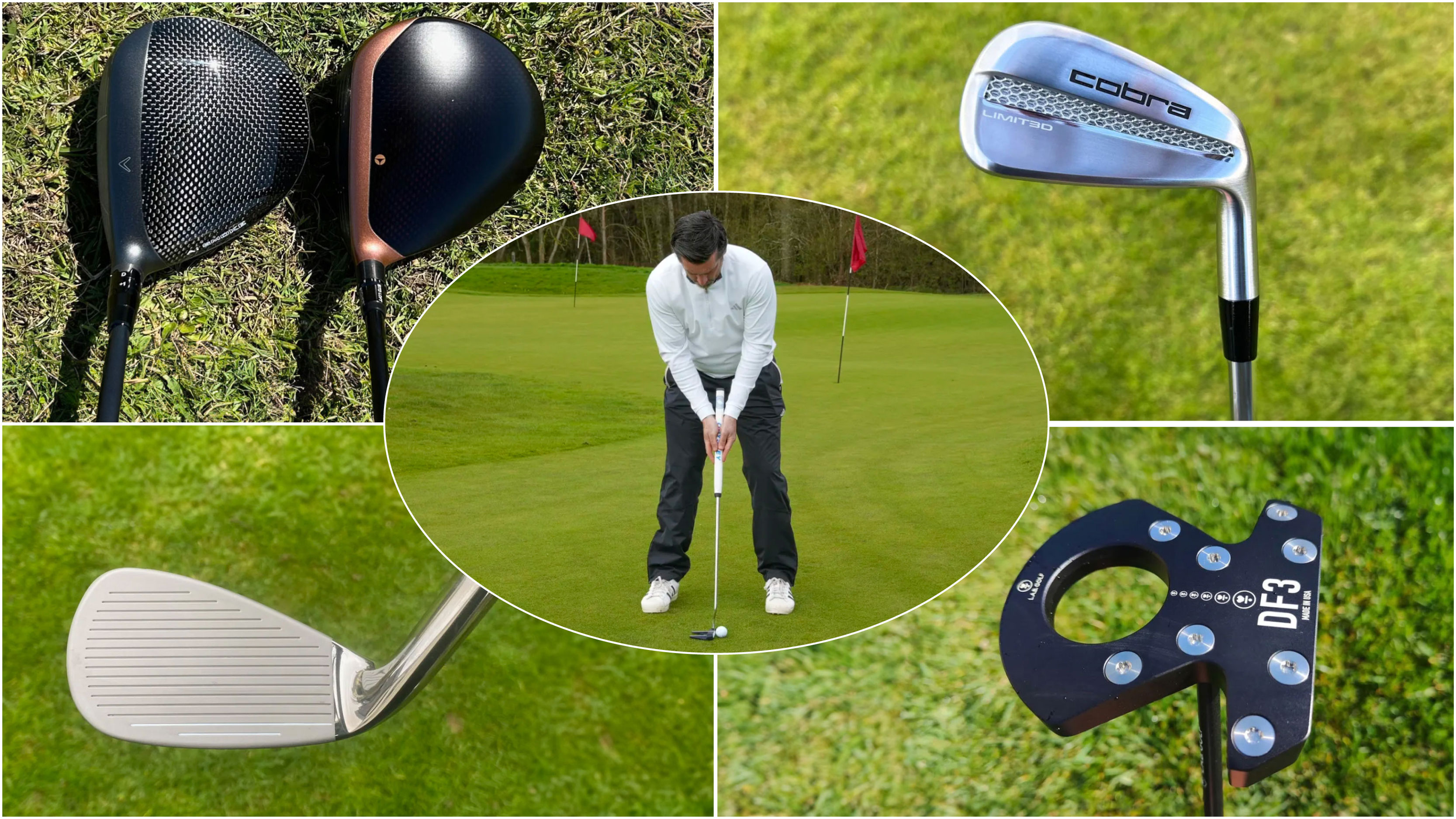

Innovation in the golf equipment space never fails to surprise me. Just when I think that manufacturers may have run out of ideas after a run of relatively similar technologies, a handful of new ideas seem to pop up out of nowhere. Admittedly, some are better than others, but 2024 has been a particularly good year for fans of innovative golf equipment with some of the best drivers and best irons in recent memory, so let’s take a look at a few trends that I think will sculpt the immediate future of golf equipment.
Lie Angle Balanced Putters
A post shared by L.A.B. Golf (@labgolfputters)
A photo posted by on
First things first, please take note of how I phrased that title. Lie angle balanced putters rather than LAB putters. That is very deliberate as, despite being a huge fan of LAB Golf and in particular the DF3 model, it is my understanding that balancing a putter by lie angle so that it naturally does not wish to rotate away from square is not necessarily unique to one company. For example, my gamer the Odyssey Toe Up 9 is lie angle balanced and I love the performance. I have heard some light murmurings that at least one of the major OEMs may shortly be releasing a family based on the concept also.
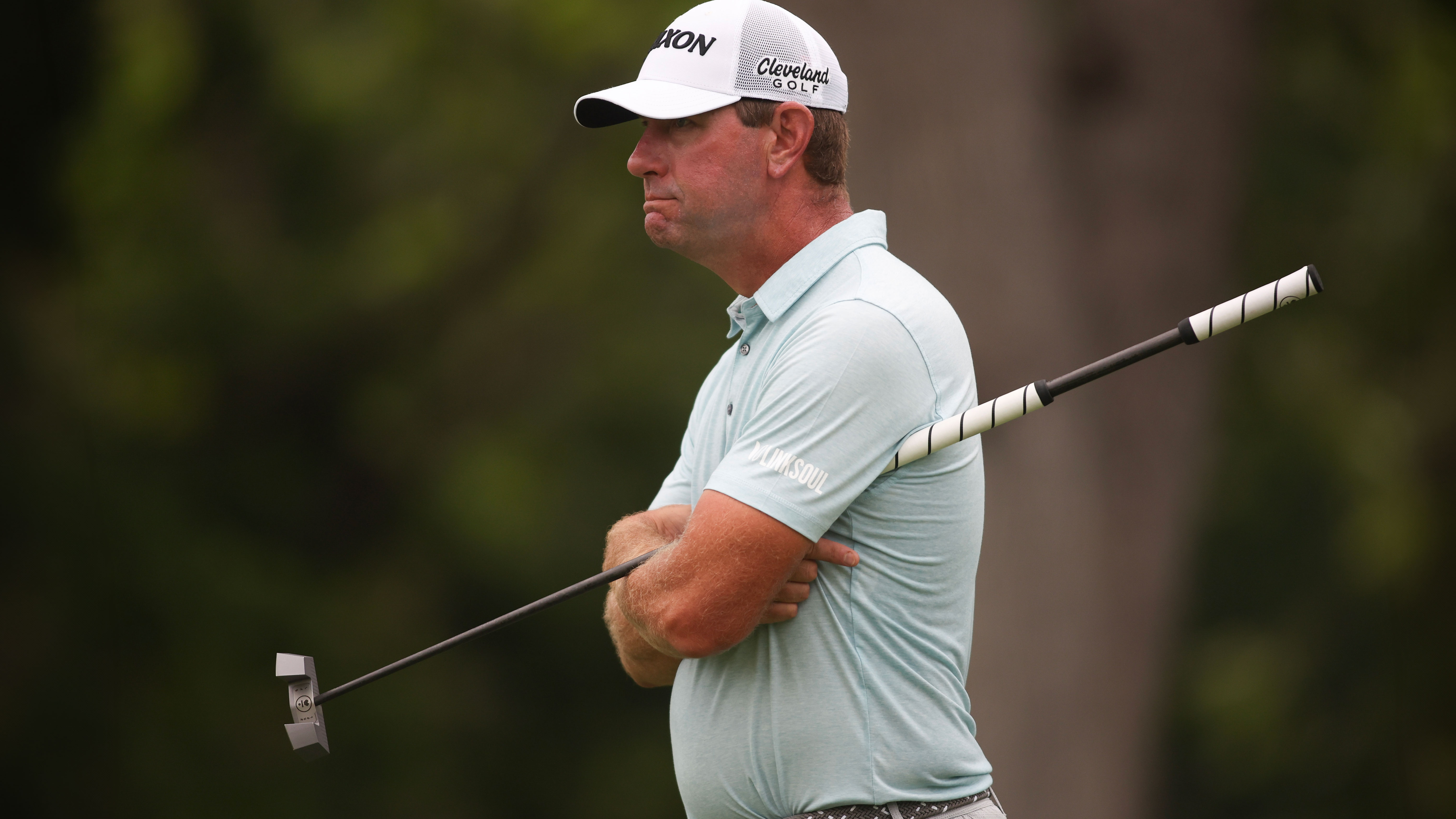
As an early adopter who has seen firsthand the benefits, I am completely sold on the concept. So much so, I genuinely believe that we will look back in years to come in amazement that we ever built putters that actively wanted to rotate away from square. In the same way that many people said that graphite shafts would never catch on, or solid core balls, or metal woods, my hunch is that this putter technology will be added to that list.
Full Face Grooves
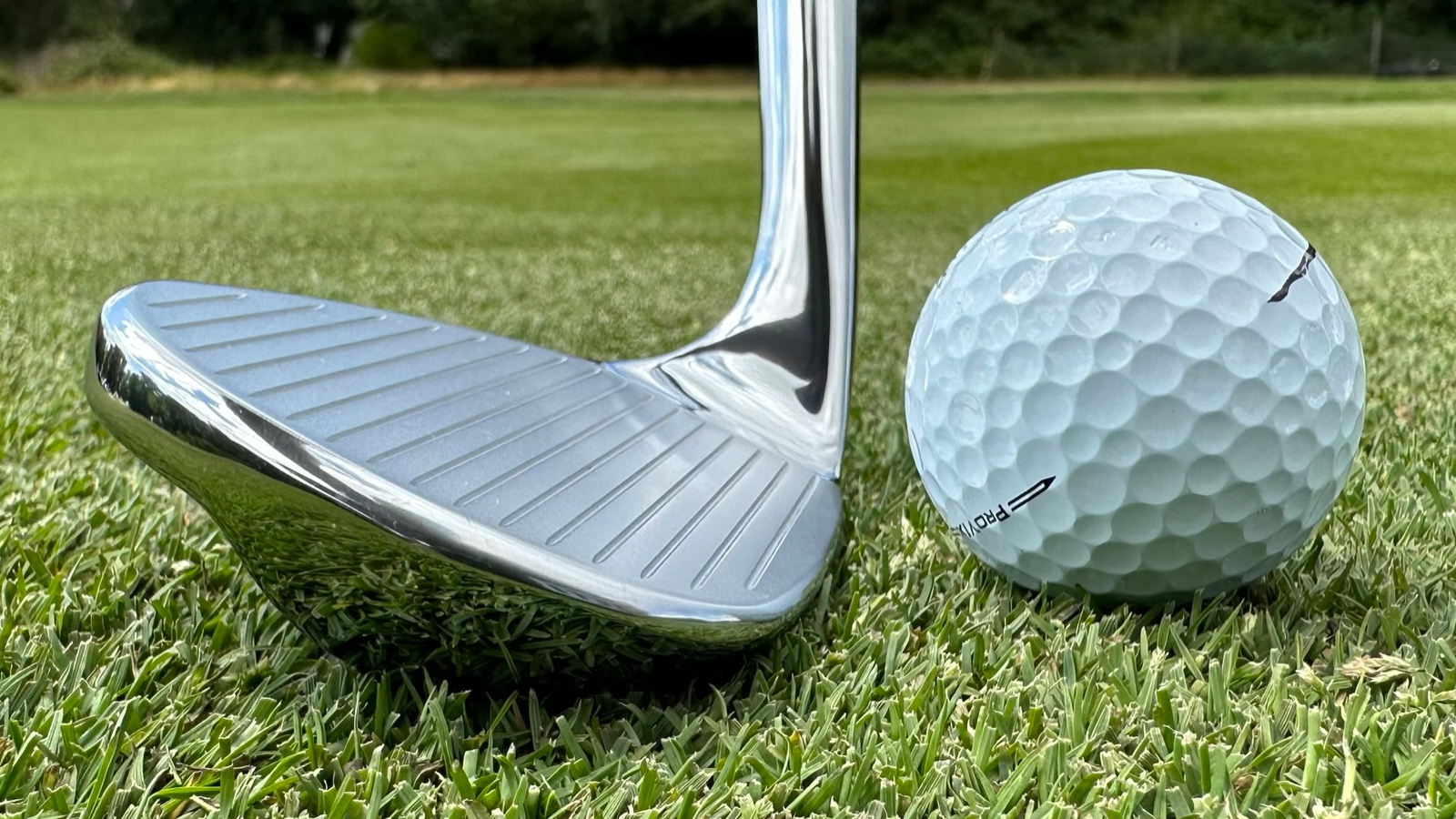
Another no-brainer for me here. More and more wedges are now being offered with full-face grooves, and why on earth would we not want that? Sure, the visual takes a session or two to get used to but the benefits are plain to see. Firstly, shots hit off the heel and toe will retain more spin and as such a standardized ball flight, but in addition to that, there is a small weight saving to be made by removing some more material to create extra groove space. As we know, these weight savings are crucial to dialing in CG locations so why would this not become standard practice?
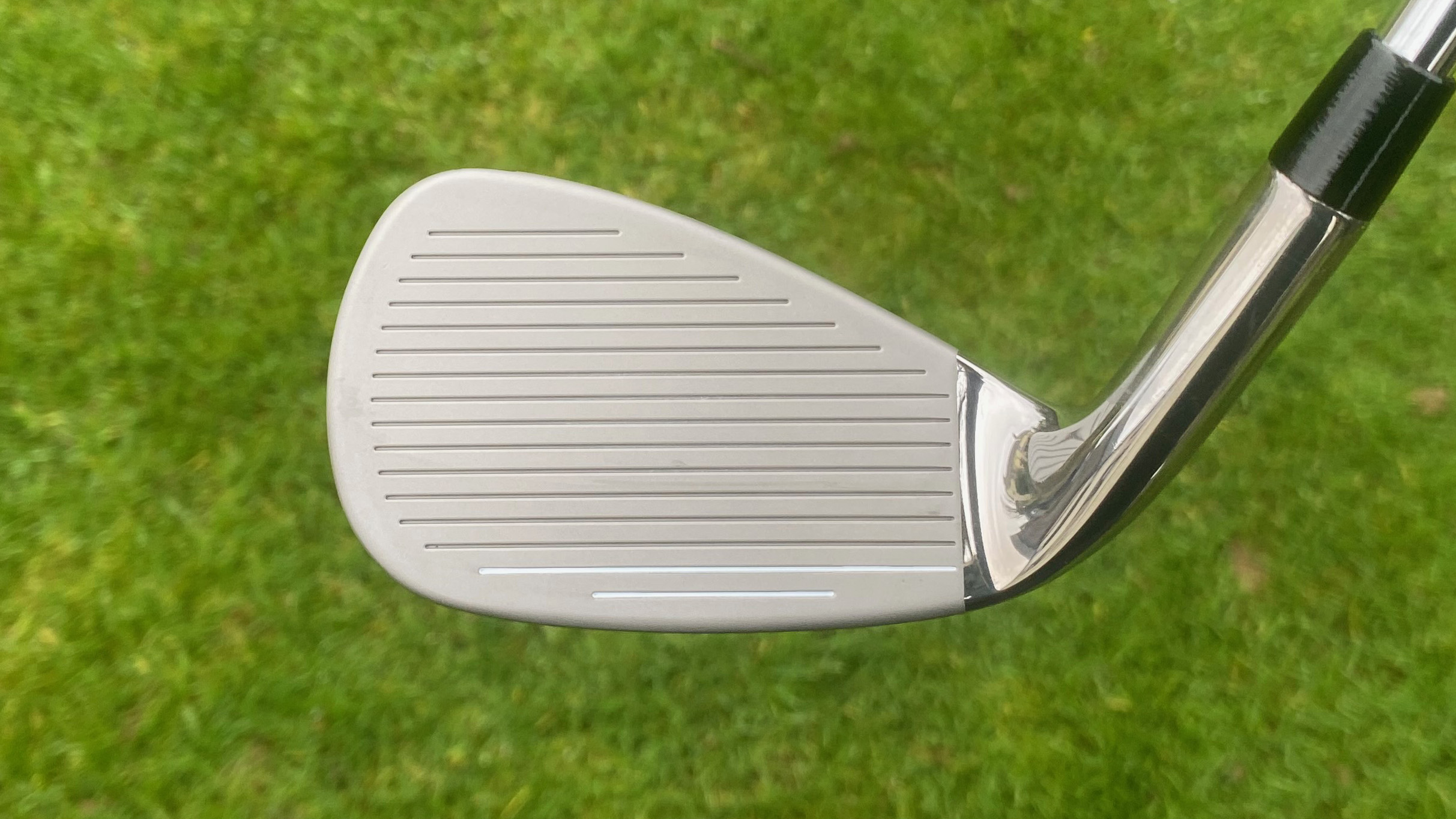
It’s not just wedges I believe this will become commonplace in either, manufacturers like Cleveland with their Halo XL Full Face irons have shown it is possible to utilize this in longer irons also, and they tested excellently. How long before we see a full face of grooves on a Vokey wedge or a set of Ping irons? Who knows, but it makes sense to me, so it could be sooner than you think.
Mini Drivers
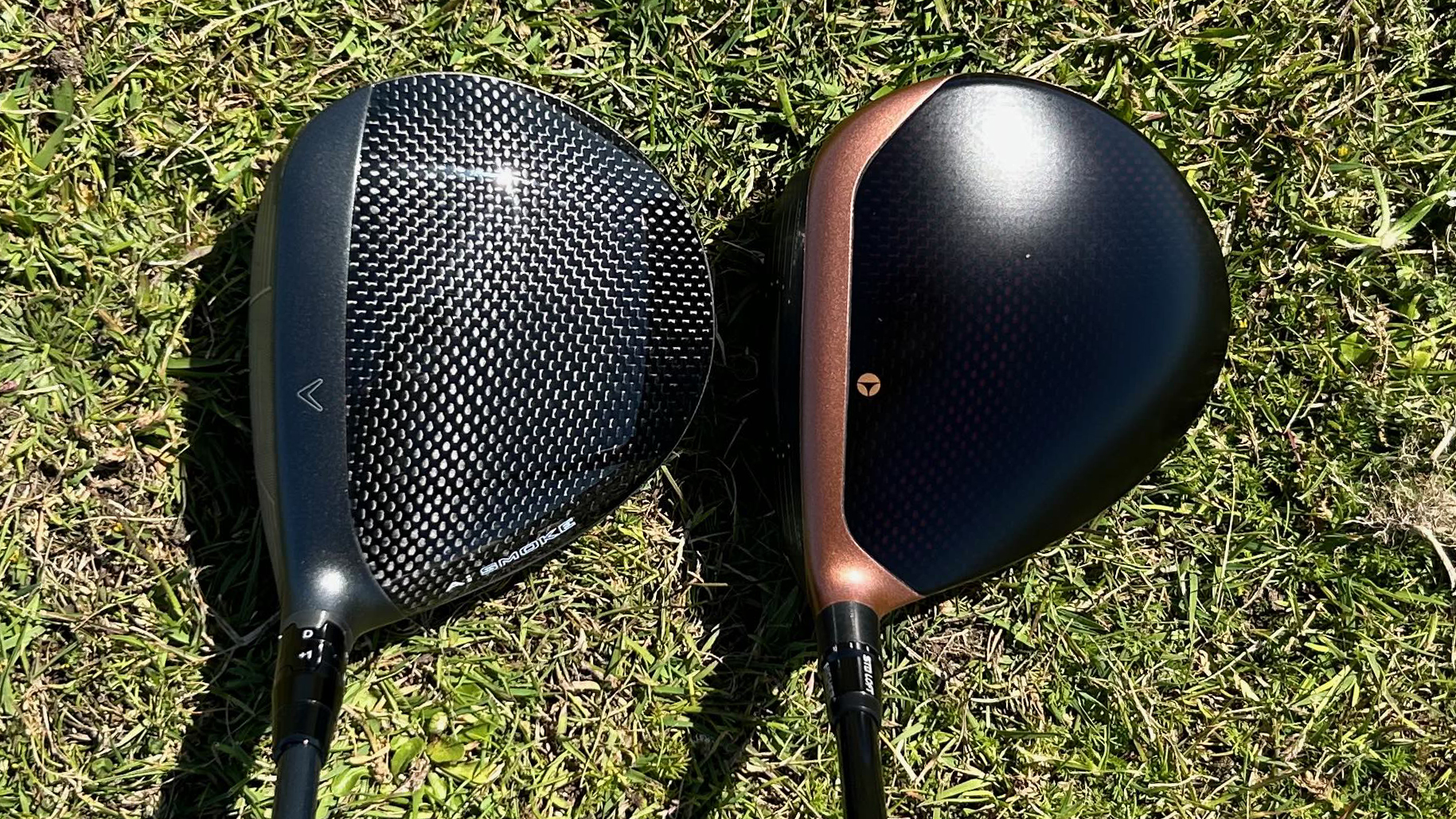
If you’re not familiar with the term “mini driver,” you soon will be. TaylorMade has had one in its club lineup for a number of years now and it seems that a number of manufacturers are starting to follow suit with the likes of Titleist and PXG submitting prototypes to the USGA and Callaway releasing to market the Paradym Ai Smoke Ti 340 mini driver. But what is it?
Well, essentially it is what would happen if a driver and a 3 wood had a child, the perfect amalgamation of the two. The shaft length, head size, and even generally the loft options sit directly between the two more familiar clubs and there are a number of benefits, each of which depends on how the user wishes to deploy it.
Get the Golf Monthly Newsletter
Subscribe to the Golf Monthly newsletter to stay up to date with all the latest tour news, equipment news, reviews, head-to-heads and buyer’s guides from our team of experienced experts.
As a PGA Professional, I have seen many of my contemporaries switching out their main driver on particularly tight courses in favor of a mini as a direct driver replacement. Similarly, I have seen a lot of players using it as a three wood replacement that just has a little more yardage in the tank and also benefits from the added confidence of the larger head than their previous fairway wood.
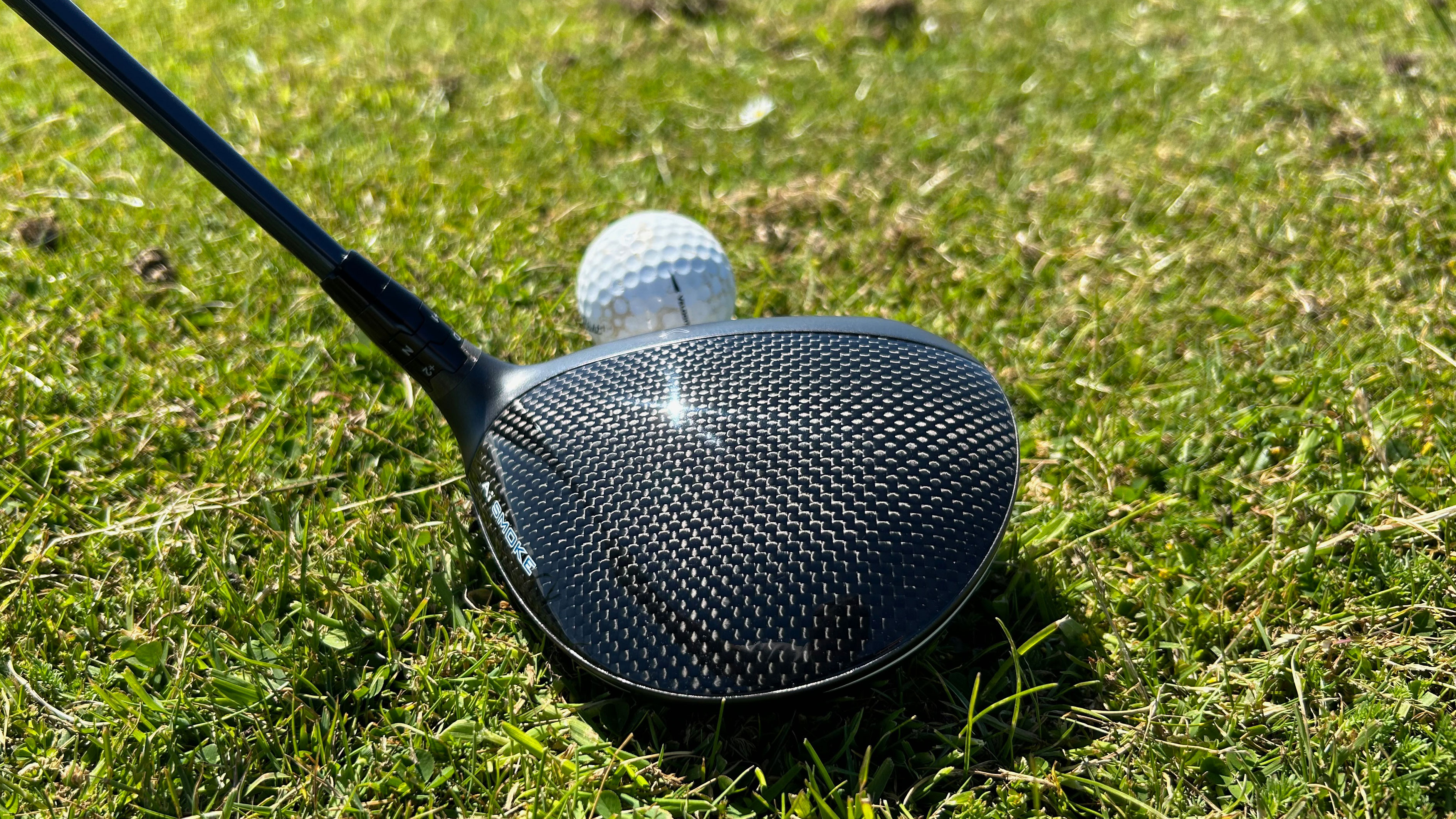
Scott Fawcett of Decade Golf is a huge believer in the mini-driver phenomenon. As a man who dives deeper into the stats than most, he believes that it is best utilized as a secondary driver that produces a different shape from your main driver without losing too much distance. I.e. a fade with the driver and a draw with a mini driver. Statistically, this will allow players to get further down the fairway on all holes rather than being forced to lay back on certain shaped holes which will improve the proximity of approach shots and as such lower scores.
I have seen some great results with my mini driver and I believe this is another trend that is here to stay.
3D Printed clubs
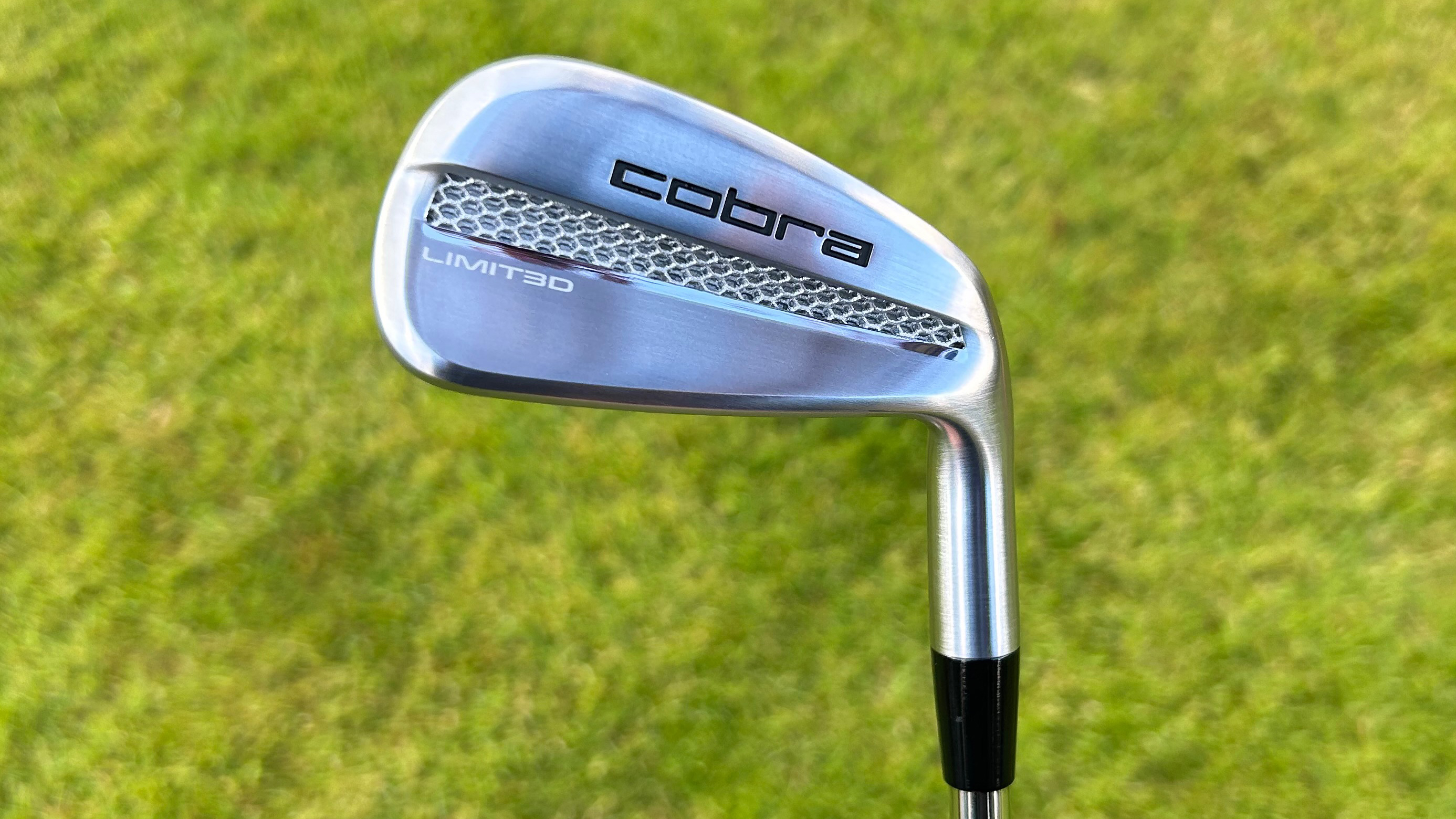
Having recently tested the incredibly impressive Cobra Limit3d iron, I have been very much converted to the concept of 3D printing golf clubs. To my understanding, it is a process that has been widely used for some time in terms of prototyping products but now the technology has come on so much that final products can be achieved with outstanding accuracy and tolerances.
If some of Bryson Dechambeau's words are to be believed, there may come a time in the not-too-distant future when hobbyists at home could turn their club ideas into reality fairly swiftly and be testing homemade prototypes the same day! While it is a terrifying thought what some of my golfing friends might come up with, the prospect of being able to design and print your own clubs at home in the future is an intriguing one.
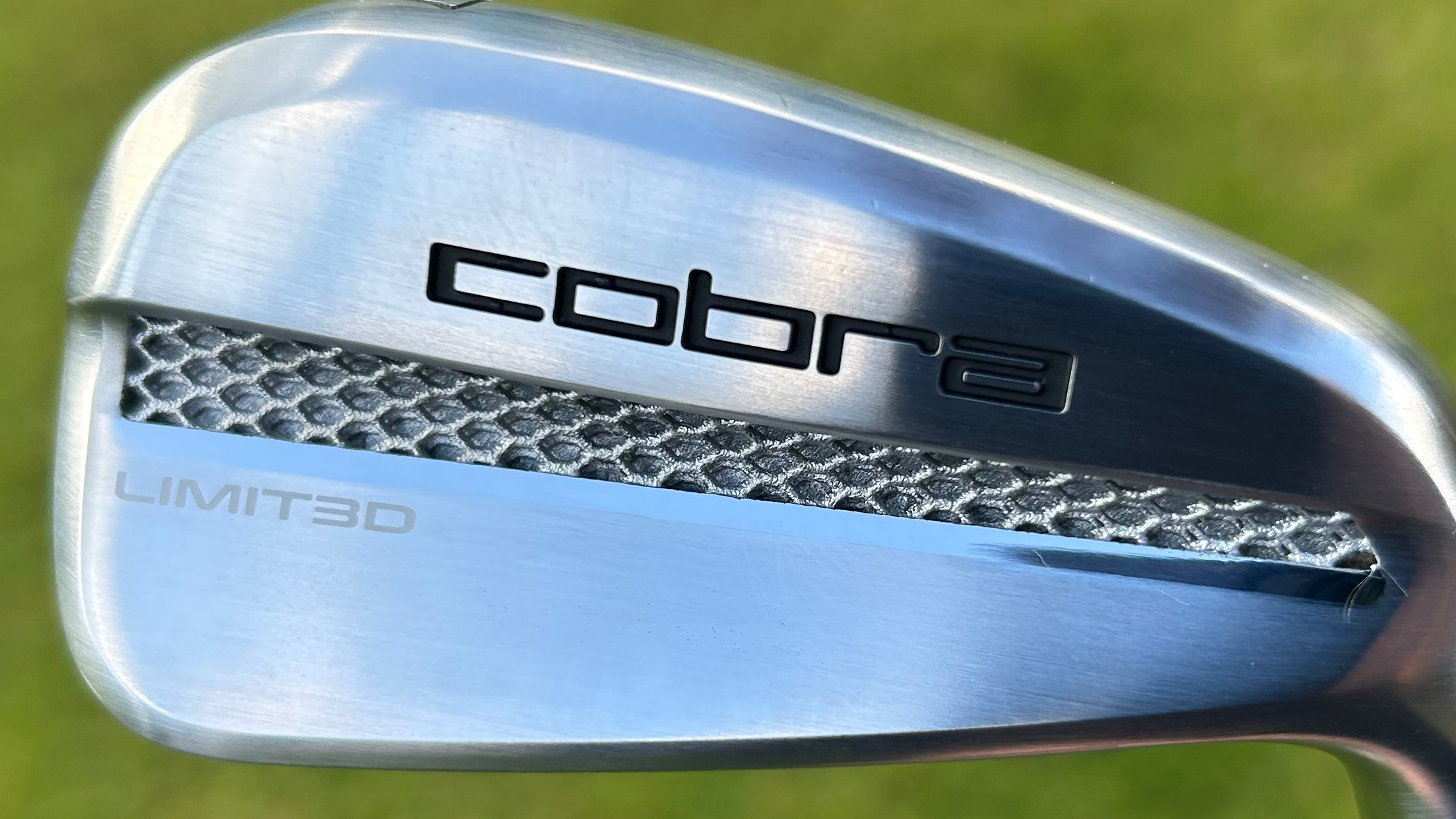
For the time being though, leaving it to the manufacturers where have been some excellent early results, and with a bit of time to perfect (and hopefully cheapen) the process, there could be some exciting new developments in the golf equipment space.

Joe has worked in the golf industry for nearly 20 years in a variety of roles. After a successful amateur career being involved in England squads at every age group, Joe completed his PGA degree qualification in 2014 as one of the top ten graduates in his training year and subsequently went on to become Head PGA Professional at Ryder Cup venue The Celtic Manor Resort. Equipment has always been a huge passion of Joe’s, and during his time at Celtic Manor, he headed up the National Fitting Centres for both Titleist and Taylormade. He’s excited to bring his knowledge of hardware to Golf Monthly in the form of equipment reviews and buying advice.
Joe lives in North Devon and still plays sporadically on the PGA West region circuit. His best round in recent years came earlier in 2023 where he managed a 9 under par 63 at Trevose GC in a Devon & Cornwall PGA Tournament.
Joe's current What's In The Bag?
Driver: Switch between TaylorMade Qi35 and Callaway Elyte TD - both with Fujikura Ventus Black 6-X
Fairway wood 1: TaylorMade BRNR Copper Mini Driver - Fujikura Ventus Black 7-X
Fairway wood 2: Callaway Apex UW 17˚- Fujikura Ventus Black 9-X
Irons: TaylorMade P7CB 3-PW with Dynamic Gold Tour Issue X100 shafts
Wedges: Callaway Opus 50, 54, and 60 degrees - Project X LS 6.0 shafts
Putter: LAB Golf Oz.1 (zero shaft lean)
Ball: TaylorMade 2024 TP5x
Grips: Golf Pride Tour Velvet 60R
Bag: Vessel Player IV Pro DXR Stand
-
 LIV Golf Mexico City 2025 Picks, Odds And Predictions
LIV Golf Mexico City 2025 Picks, Odds And PredictionsCheck out the odds for the leading players at LIV Golf Mexico City as well as our favorite and outside picks for this week's tournament in Naucalpan
By Jonny Leighfield
-
 Ever Found These Hidden Nasties In Your Golf Bag? Why Post-Round Care Is Vital
Ever Found These Hidden Nasties In Your Golf Bag? Why Post-Round Care Is VitalIt is easy to put away your golf bag and forget about going through the pockets, leaving in items which will cause problems later down the line...
By Roderick Easdale
-
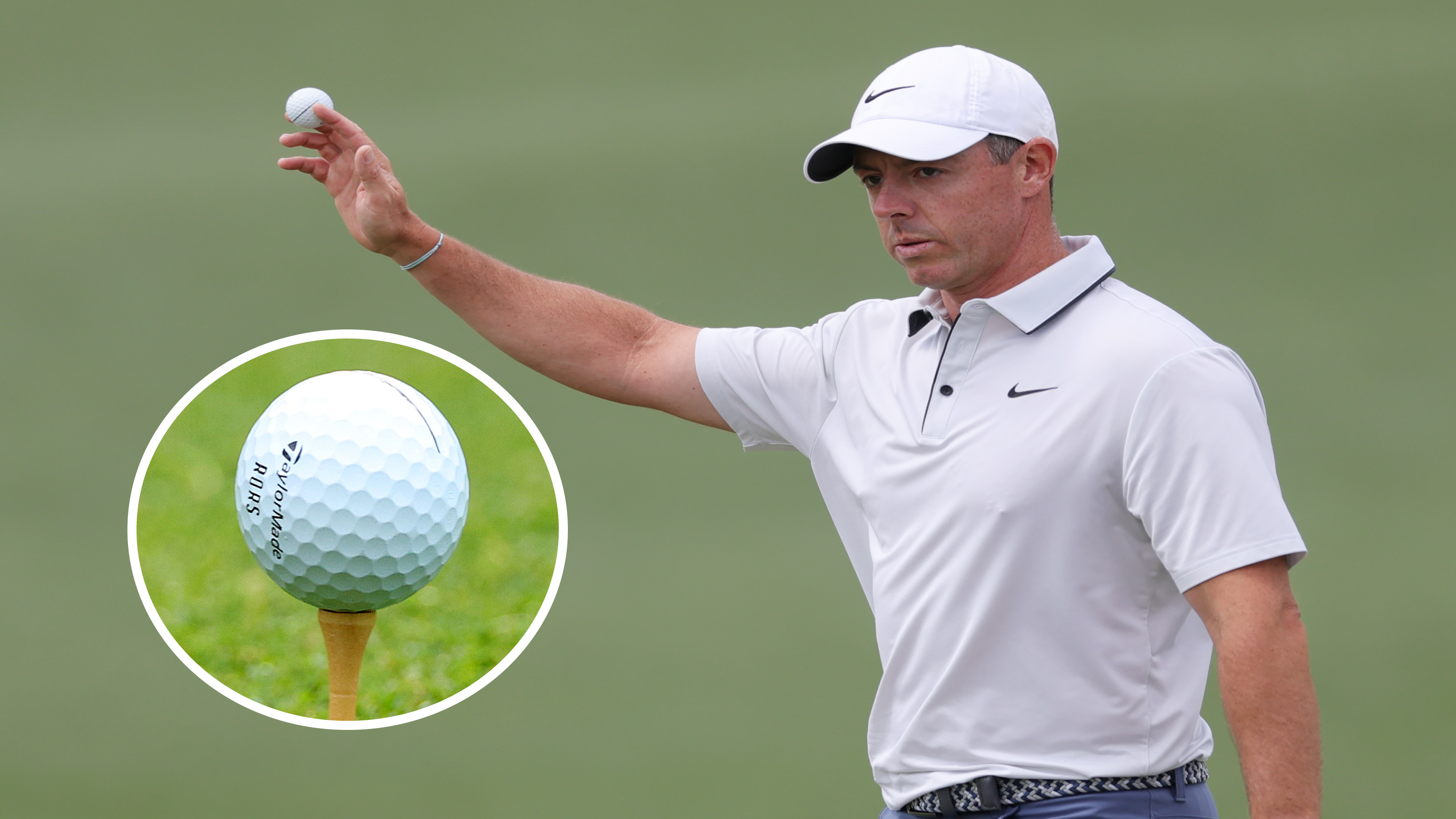 Could This 'Stumbled Upon' Equipment Switch Finally Land Rory McIlroy the Grand Slam?
Could This 'Stumbled Upon' Equipment Switch Finally Land Rory McIlroy the Grand Slam?Rory McIlroy made a golf ball change earlier this season that has reignited his wedge play and it could be about to pay off in the most dramatic possible way…
By Joe Ferguson
-
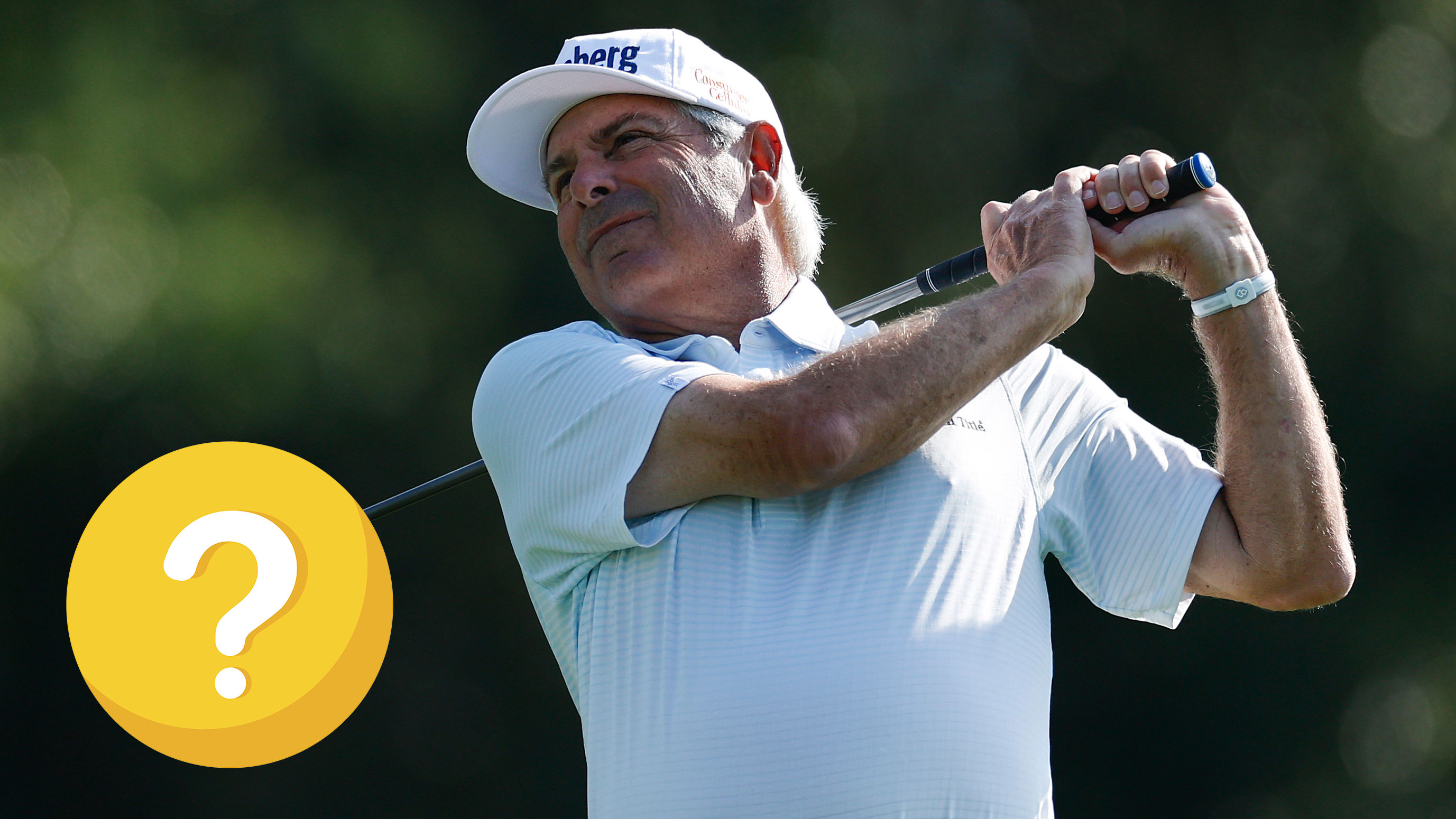 Real Players Use Long Irons, Right? Well, Fred Couples Nearly Made The Cut At The Masters At 65 Years Old, And His Longest Iron Is A…
Real Players Use Long Irons, Right? Well, Fred Couples Nearly Made The Cut At The Masters At 65 Years Old, And His Longest Iron Is A…Both Couples and Bernhard Langer turned back the clock brilliantly over the first two days at Augusta National and did so with some interesting bag setups.
By Joe Ferguson
-
 I Built Tiger Woods’ 2019 Masters Winning Bag From The Second-Hand Market!
I Built Tiger Woods’ 2019 Masters Winning Bag From The Second-Hand Market!PGA Professional Joe Ferguson has been taking a deep dive into Tiger’s bag for arguably the greatest victory of his career…
By Joe Ferguson
-
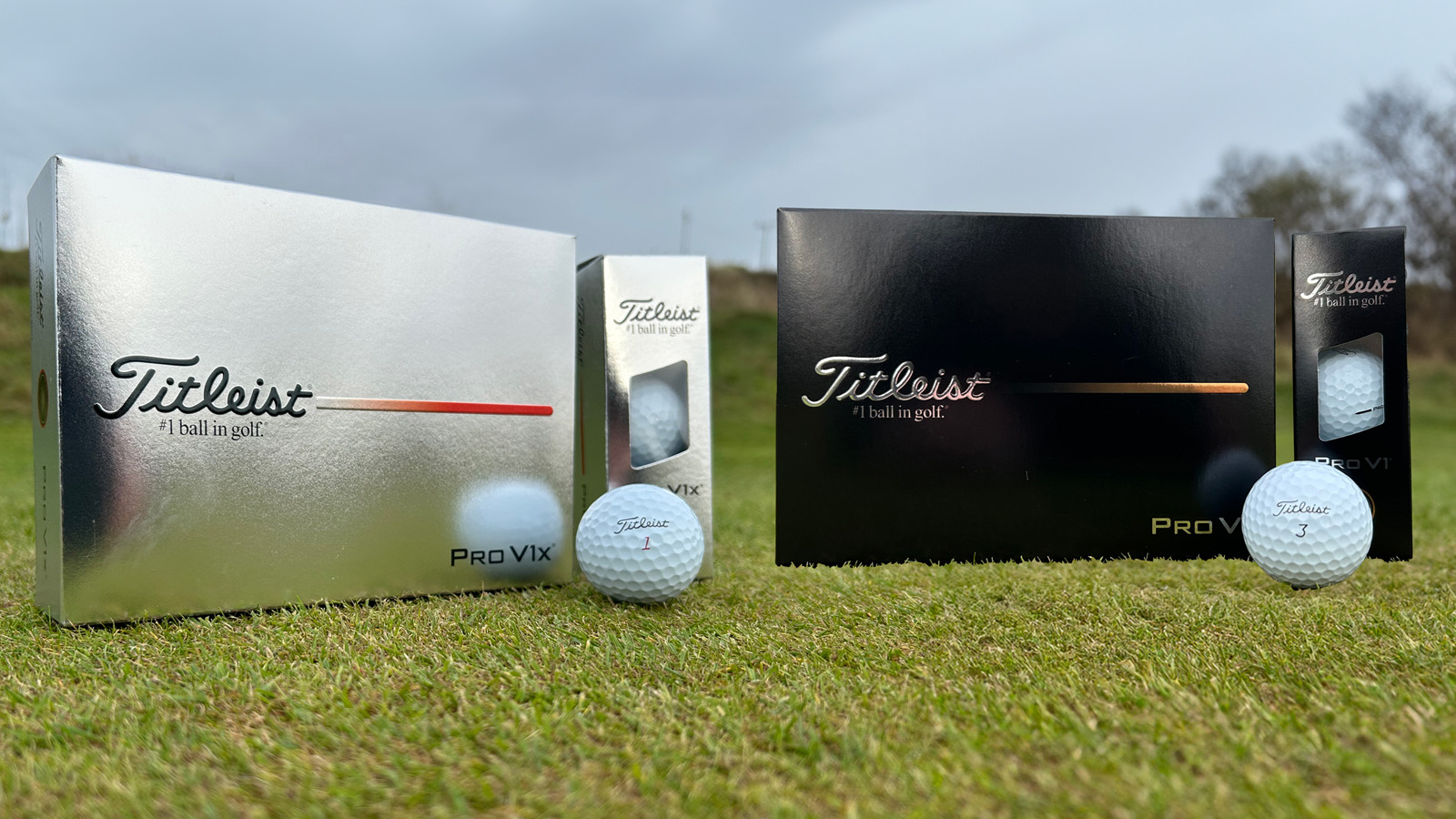 How Titleist 'Used Every Tool In The Toolbox' To Enhance The New Pro V1 And Pro V1x Golf Balls
How Titleist 'Used Every Tool In The Toolbox' To Enhance The New Pro V1 And Pro V1x Golf BallsAfter months of testing and tour validation the new Titleist Pro V1 and Pro V1x golf balls are set to launch, but what's new? We explain all
By Sam De'Ath
-
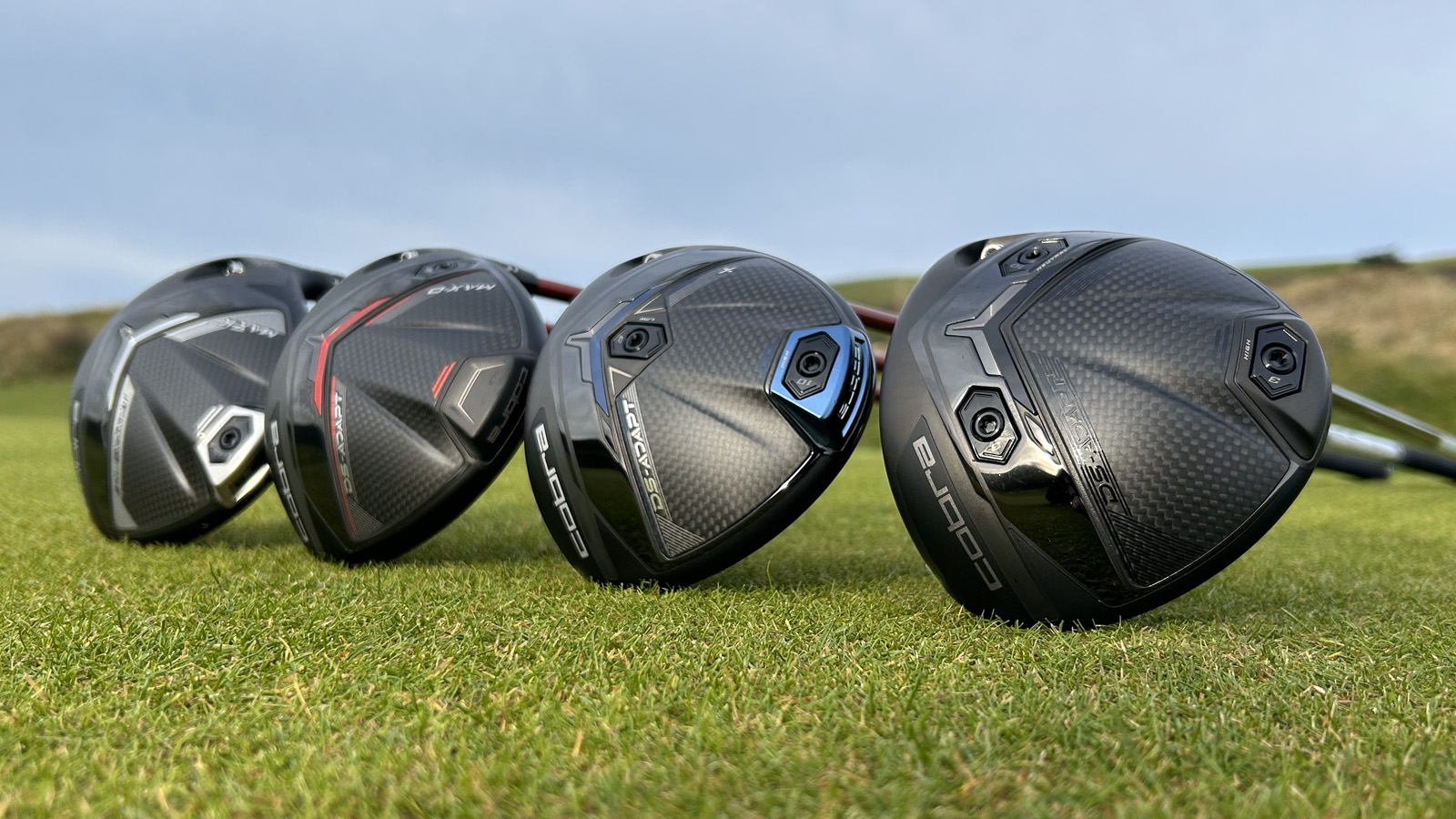 How The New Cobra DS-ADAPT Range Looks To Have Changed Driver Fitting Forever
How The New Cobra DS-ADAPT Range Looks To Have Changed Driver Fitting ForeverWith a revolutionary hosel design and refined aerodynamics, the Cobra DS-ADAPT may just become the standout driver in 2025
By Sam De'Ath
-
 £39 Vs £169 Wedge Test... Surprising Results!
£39 Vs £169 Wedge Test... Surprising Results!In his latest Retro Review, Joe Ferguson sees if the original Vokey wedge picked up for just £39 can compete with the modern equivalent four times the price
By Joe Ferguson
-
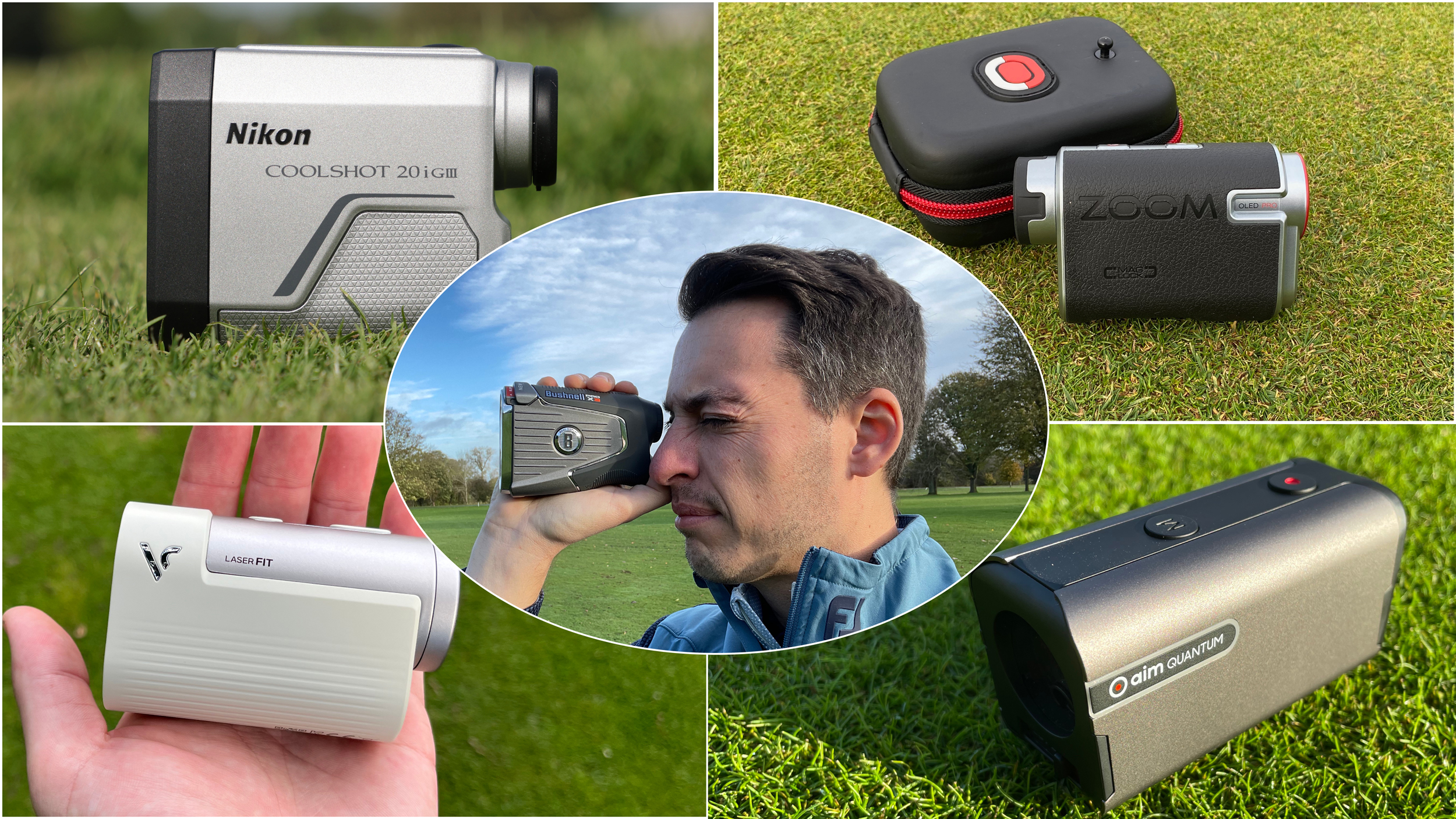 7 Useful Golf Rangefinder Features You Never Knew About
7 Useful Golf Rangefinder Features You Never Knew AboutThink you know everything a rangefinder can do? Think again. We've got seven of the best features currently available on the best modern rangefinders
By Dan Parker
-
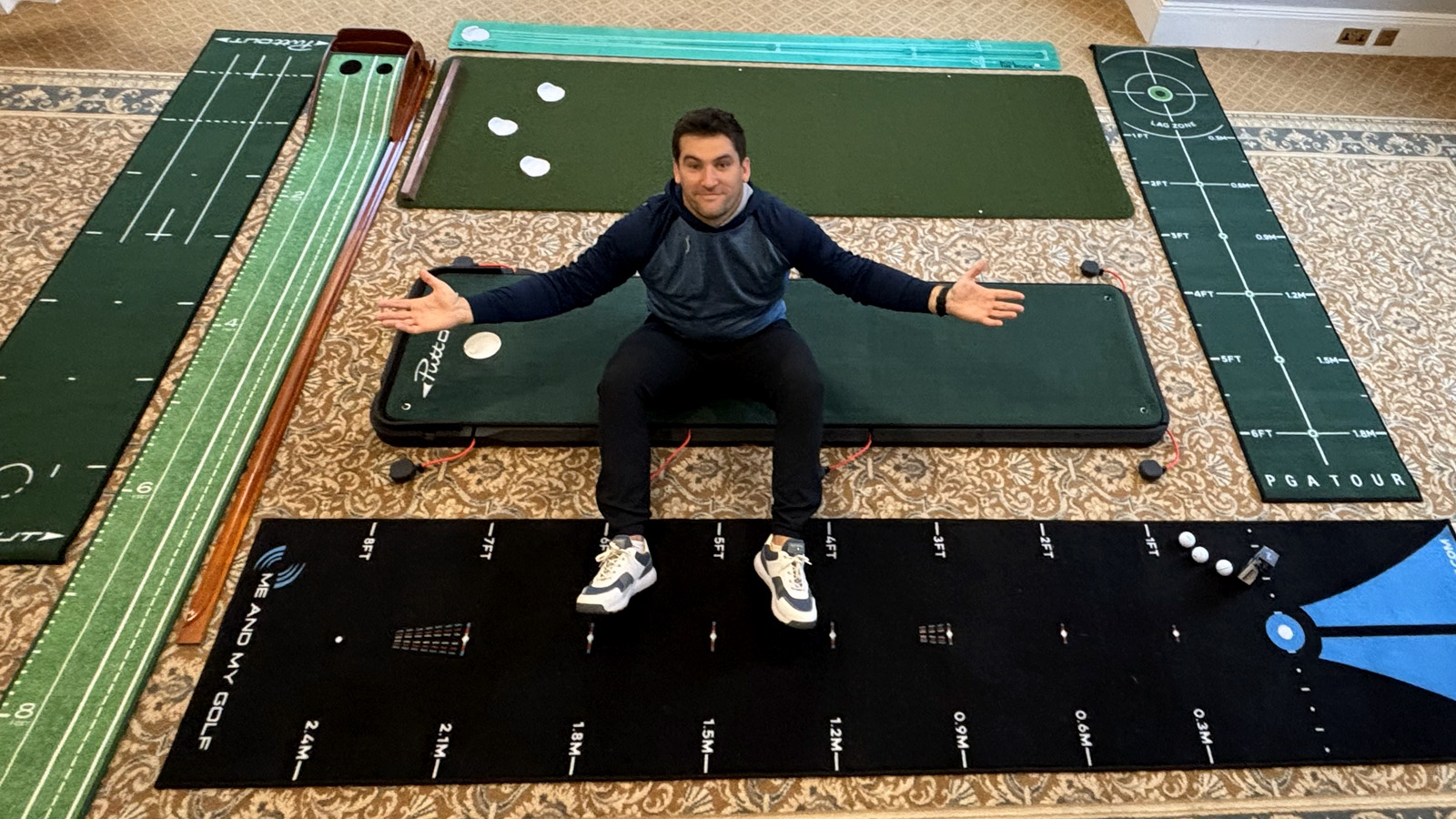 Do Putting Mats Help Improve Your Putting?
Do Putting Mats Help Improve Your Putting?Former professional golfer Sam De’Ath sheds light on whether or not a home putting mat can help improve your performance on the greens
By Sam De'Ath